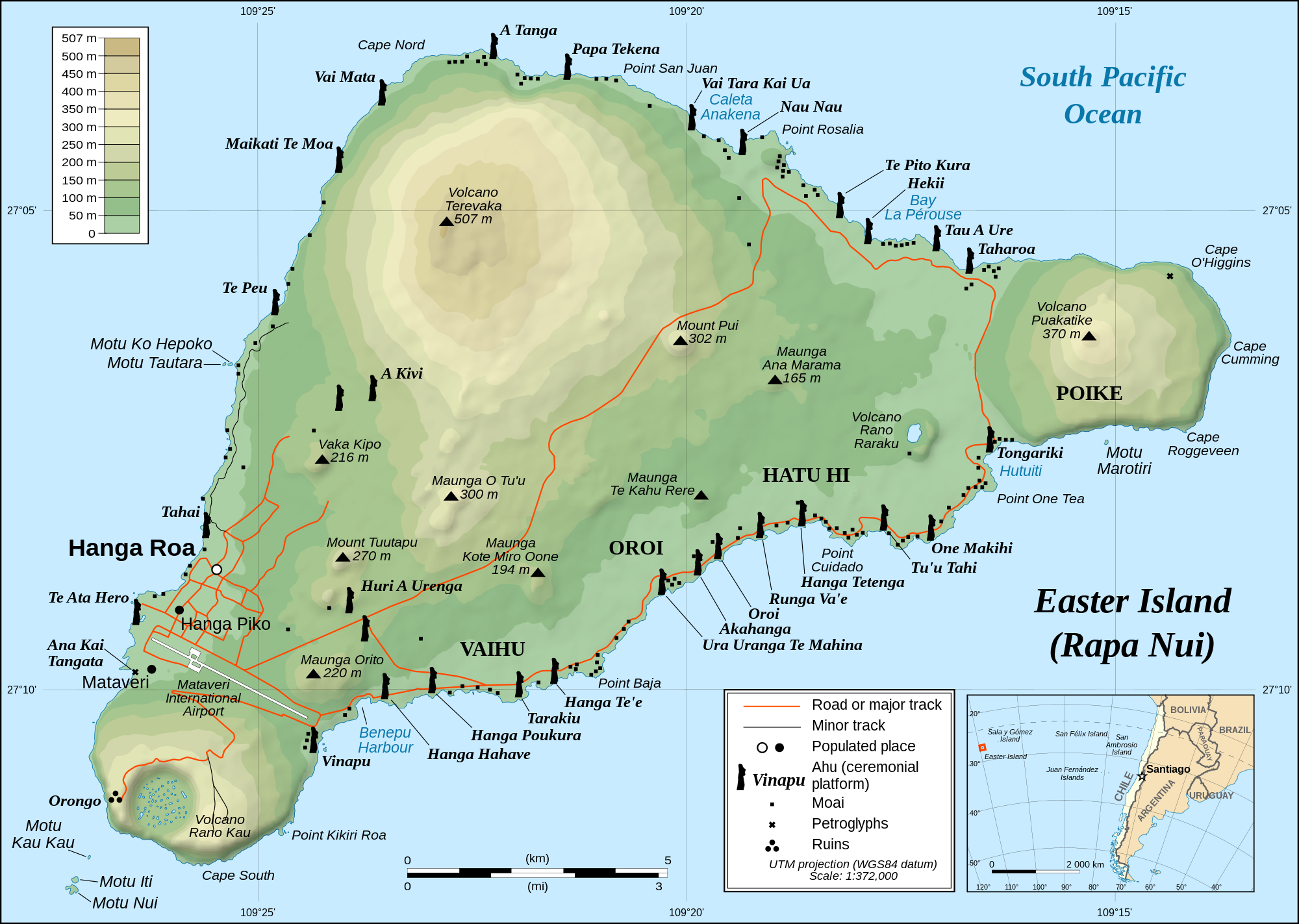Overal Impression
This is a sci-fi romance novel with some really cool concepts behind it, particularly given the inclusion of Lost World genre themes. The tale is told as a frame story and shows the life of an ancient civilization 900,000 years ago. Though the story focuses on the amorous couple, it also touches on the political concepts during that ancient era which resonate with the characters and events in the novel as well as readers both past and present.
The book was initially published in 1968, with the version I have dating to the 1970s. Hence, it may be difficult to find in print. The book carries the imprint of that era: the Cold War and the strong aversion to war, a sentiment that I think still holds true to this day.
Plot
The story is told, in part, as a frame story. At first, everything is about the discovery of the ruins, the frozen people, and the global tenstions that rise due to the implications of that discovery. It's interesting, but I feel that the world powers were too civil when confronted with such a situation. I fully expected a world war.
The next part of the story revolves around Elea and her life in Gondawa. The tale of Gondawa is told through Elea's memories, but there is one part where it looks like the author forgets this and tells a small part through Paikan's eyes. This is the main part of the novel and is actually a very interesting sci-fi romance tale. The story ends up rather sad, but has some interesting parallels with the era in which the frame story is set (and the book was written).
The book ended in what was probably the only possible way to neatly end it. A few other ways would have been clearly unrealistic or unsatisfying. The book also very nicely ties together several issues in the frame story, the memories, and real life such as war, political tensions, and student protests. We may no longer be in the Cold War, but the story applies today as it did then.
Characters
In the memory part of the novel, the plot revolves around Elea, Paikan, and Coban. The frame story involves primarily Simon and Elea, though other characters like Hoover, Lukos, and Leonova have their parts to play. At the start of the novel, you get too many characters introduced and it can actually be overwhelming, particularly since most are not really that important.
I think Elea may be a tad over-sexualized, especially at first. She's supposed to be the most amazing specimen of women-kind they've ever seen and you get the feeling everyone constantly fantasizes about her. A similar thing happens with the frozen male, but it's brushed off much faster. However, Elea does develop into an interesting and kick-ass character as she tells her story.
Setting/World Building
The whole premise of the story is that an expedition finds the ruins, and reanimates people, from a civilization that existed 900,000 years ago. It is a very interesting idea, and has been done before/since. The civilization is actually far more advanced than the present day so it feels really cool. I was reminded at first of the video game Chrono Trigger, where the characters travel to an advanced kingdom that existed around 12,000 BC.
There are two prominent nations/continents in Elea's backstory: Gondawa (Antarctica) and Enisor ("Greater" America). They have been rivals for a long time and in Elea's time-frame she sees the Third War which lasts for 1 hour and devastates millions thanks to the earth (ie, atomic) bombs. A treaty is formed and such weapons are banned, but hostilities persist.
We hear that both nations establish Moon and Mars colonies and that there are also forays into the rest of the solar system. The Gondawans have a more utopian lifestyle combining elements of capitalism and communism, the two great issues of the day. In Gondawa, a citizen gets an annual allotment of credits to spend in whatever manner he or she wants. Since everything is made by automated factories and "universal energy," there is no lack or even a need to work (unless you don't have a "key" in which case you have absolutely nothing and have to beg). Everyone is required to work at least half a day every 5 days, those who don't get slightly less credits, those who work more get a little more. However, there is no accumulation of wealth since credits are reset every year. Although there is no outright birth control, apparently the population is kept in check and couples are matched by a computer at a young age. Enisor, though it has similar technology, uses it to expand and grow rather than to conserve the balance. To (unsuccessfully) control their population they use a form of euthanasia.
The conflict is revealed to be the reason why the Moon is barren without seas or an atmosphere. Presumably this also happened in Mars. As an astronomer, I know this is ridiculous but I take it for what it is: alternate pre-history science fiction.
Final Thoughts
I was surprised I enjoyed the novel given that it would not have been something I selected from the shelf. Despite its classification as a 'romance' there is plenty there to interest all sorts of readers. In particular, I was drawn into the descriptions of the civilization, technology, and culture of the ancient people.
One of the few problems I had with the book was that descriptions are actually a bit vague: I had trouble picturing some of the settings, especially in Antarctica. I wonder if some of that was lost in translation. Speaking of which: there are no outright moments when I knew this was a translated book.













